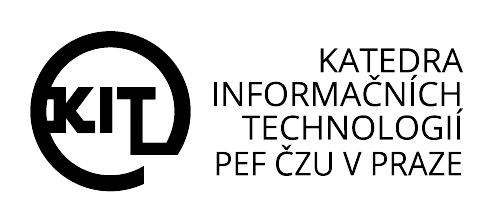GRANULAR will create a rural compass with new data and tools to characterize the diversity of the countryside and to better orient the main actors when designing tailor-made measures for rural areas Rural areas cover 80 % of the European Union and represent 30 % of its citizens. Currently, the countryside faces several challenges and opportunities related to digitalization and greening in view of global environmental changes. These needs, challenges and opportunities can be very different across Europe due to the diversity of geographical, economic, social, environmental and cultural conditions in rural areas in Europe, which are also constantly changing.
The three main problems that researchers and policymakers face in order to understand the diversity of areas are the lack of agreement on the concept and definition of "rural", the lack of relevant data at a sufficiently detailed level, and the lack of practical tools to help align spatial analysis with local policy . The European project GRANULAR - which stands for "Giving Rural Actors Novel Data and Re-Usable Tools to Lead Public Action in Rural Areas" - will contribute to bridging this gap. On 12 and 13 October 2022, the kick-off meeting of the European project GRANULAR, which is funded by the Horizon Europe program and UK research and innovation funds, took place. GRANULAR is a four-year project and its goal is to obtain new knowledge to characterize the diversity of the countryside. To this end, GRANULAR will create new datasets and methods to better understand the characteristics, dynamics and drivers of rural areas. In addition, a rural compass will be created for rural entities to help them better understand the specificities and diversity of their territories in order to identify the main challenges and propose local measures tailored to address them. Seven pilot areas (so-called Living Labs) and nine replication areas A key approach in the GRANULAR project is co-creation and the involvement of multiple actors. GRANULAR has seven pilot areas in different regions of Europe (France, Netherlands, Italy, Poland, Spain, Sweden and Great Britain). In the pilot areas, actors from science, politics and civil society will meet to jointly design, test and validate the work in the GRANULAR project. In addition, nine replication areas will assess how to replicate the project's tools and methods in other countries, namely Albania, Finland, Greece, Italy, Latvia, Lithuania, Moldova, Romania and Serbia. A multidisciplinary approach The GRANULAR project is coordinated the Mediterranean Agronomic Institute of Montpellier (Mediterranean Agronomic Institute of Montpellier – CIHEAM) together with 23 other organizations from all over Europe. The partnership includes 16 universities and research institutes, four local and territorial development agencies, one association, one private company, one research and development organization and two European rural networks. Various expertise and skills are represented in the consortium, e.g. in social sciences, rural development, environmental sciences, economics, political science, society, sustainability and spatial planning, statistical analysis, modelling, remote sensing, artificial intelligence and big data. Through this participatory and multidisciplinary approach, GRANULAR will be able to go beyond traditional depictions of rural areas and provide innovative data, tools and findings to contribute to guiding local activities and local solutions. In addition, GRANULAR project partners use the expertise and results of other rural development projects that have received funding from European funds, such as DESIRA, POLIRURAL, ROBUST, SIMRA and SHERPA. The Czech University of Life Sciences in Prague, PEF, KIT will work closely together with other partners in the project in several areas, including the development of tools and indicators for characterizing rural diversity, designing and implementing new methods, web scraping and nowcasting, and working with new open data sources for countryside and Earth observation data. For more information, you can subscribe to the project newsletter newsletter or follow the news on Facebookat, LinkedIn and Twitterat.

